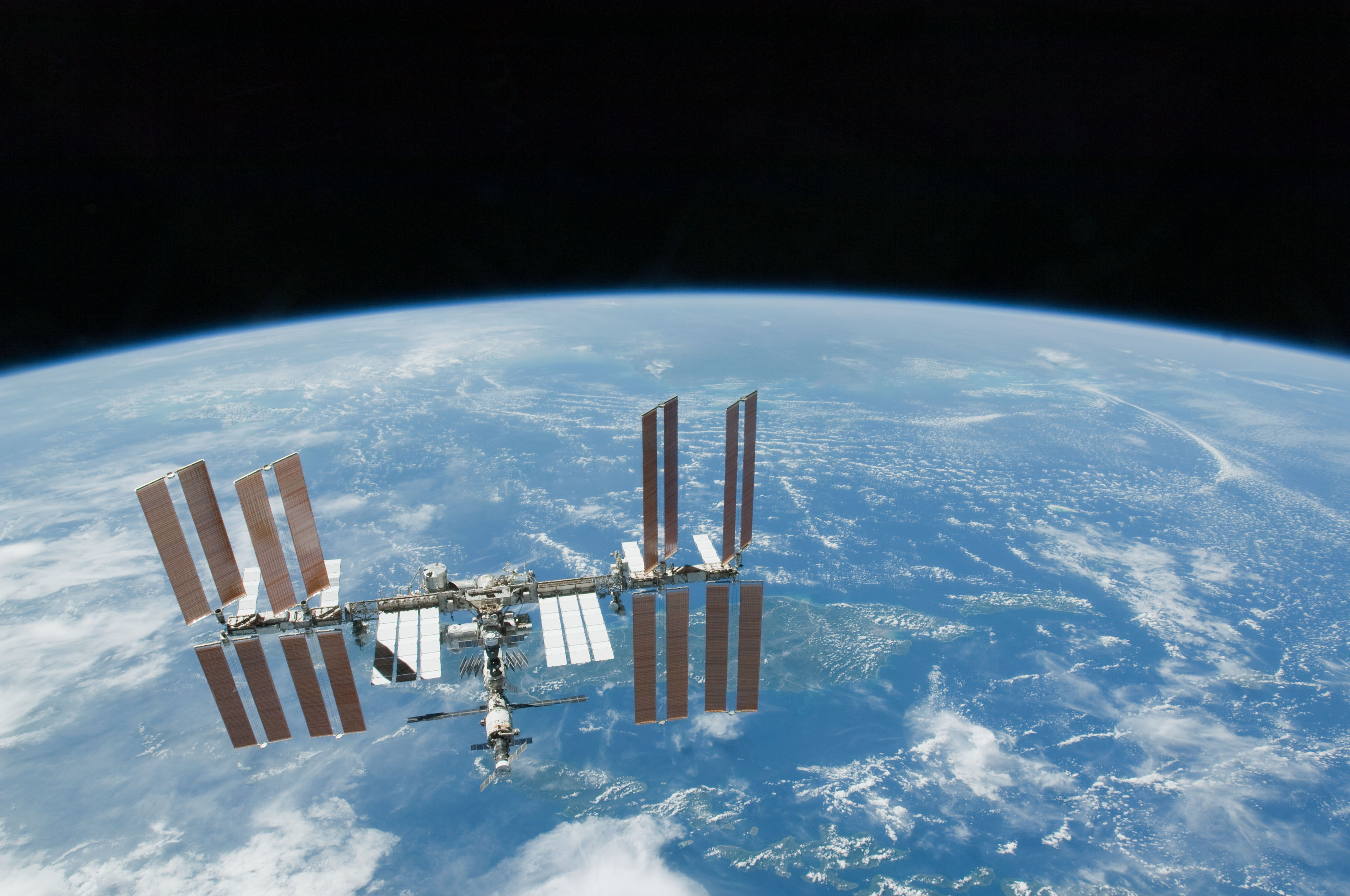|
JAMIC
Japan Microgravity Centre (JAMIC) is a site for microgravity experiments at a 710-metre-deep abandoned coal mine at Kamisunagawa, Hokkaido is a town located in Sorachi Subprefecture, Hokkaido, Japan. As of September 2016, the town has an estimated population of 3,278. The total area is 39.91 km2. There is a microgravity test facility located in Kamisunagawa used for astrono .... A capsule is dropped from the top to simulate "zero gravity". Jets accelerate the capsule to counteract air resistance. At the bottom, the capsule is slowed with gradual deceleration. Cushioning exists at the bottom for emergencies. This facility is now closed. References Science and technology in Japan Gravimetry Buildings and structures in Hokkaido Coal mines in Japan {{geodesy-stub ... [...More Info...] [...Related Items...] OR: [Wikipedia] [Google] [Baidu] |
Microgravity
The term micro-g environment (also μg, often referred to by the term microgravity) is more or less synonymous with the terms ''weightlessness'' and ''zero-g'', but emphasising that g-forces are never exactly zero—just very small (on the International Space Station (ISS), for example, the small g-forces come from tidal effects, gravity from objects other than the Earth, such as astronauts, the spacecraft, and the Sun, air resistance, and astronaut movements that impart momentum to the space station). The symbol for microgravity, ''μg'', was used on the insignias of Space Shuttle flights STS-87 and STS-107, because these flights were devoted to microgravity research in low Earth orbit. The most commonly known microgravity environment can be found aboard the ISS which is located in low-earth orbit at an altitude of around 400 km, orbiting Earth approximately 15 times per day in what is considered free fall. The effects of free fall also enable the creation of short-du ... [...More Info...] [...Related Items...] OR: [Wikipedia] [Google] [Baidu] |
Kamisunagawa, Hokkaido
is a town located in Sorachi Subprefecture, Hokkaido, Japan. As of September 2016, the town has an estimated population of 3,278. The total area is 39.91 km2. There is a microgravity test facility located in Kamisunagawa used for astronomic purposes. Since 1980, Kamisunagawa has been the sister city of Sparwood in British Columbia, Canada. History *1949 – Kamisunagawa Town split off from the towns of Sunagawa and Utashinai (partial). *2009 – Kamisunagawa Town, more specifically its microgravity test facility, becomes the namesake of a crater on 25143 Itokawa, an asteroid visited by Japanese unmanned spacecraft Hayabusa. Culture Mascot Kamisunagawa's mascot is . He is a shiitake mushroom. His name is unknown but his name come the either "shiitake town", "see town" or "town of shiitake and coal". Notable people from Kamisunagawa *Junichi Watanabe, writer *Ryoko Yamagishi, manga artist *Ikuro Takahashi Ikuro Takahashi (高橋幾郎 Takahashi Ikuro in Japanese ... [...More Info...] [...Related Items...] OR: [Wikipedia] [Google] [Baidu] |
Science And Technology In Japan
Science and technology in Japan has helped fuel the rapid economic, industrial and economic development of the country. Japan has a long history and tradition for scientific research and development, stretching as far back as the Meiji period. However, science and technology developed rapidly after the Second World War, which has affected the advancement of vehicle technology, consumer electronics, robotics, medical devices, space exploration, and the film industry. Japan's exemplary educational system as well its higher education institutions help contribute to the country's acceptance for technological innovation and aid engineering talent development. High levels of support for research and development has enabled Japan to produce advances in automotive engines, television display technology, videogames, optical clocks, and many other fields. Japan is also advanced and a global leader in the robotics, natural sciences, aerospace exploration and biomedical research areas. In ... [...More Info...] [...Related Items...] OR: [Wikipedia] [Google] [Baidu] |
Gravimetry
Gravimetry is the measurement of the strength of a gravitational field. Gravimetry may be used when either the magnitude of a gravitational field or the properties of matter responsible for its creation are of interest. Units of measurement Gravity is usually measured in units of acceleration. In the SI system of units, the standard unit of acceleration is 1 metre per second squared (abbreviated as m/s2). Other units include the cgs units, cgs Galileo (unit), gal (sometimes known as a ''galileo'', in either case with symbol Gal), which equals 1 centimetre per second squared, and the ''g-force, g'' (''g''n), equal to 9.80665 m/s2. The value of the ''g''n is defined approximately equal to the standard gravity, acceleration due to gravity at the Earth's surface (although the value of ''g'' varies by location). Gravimeters An instrument used to measure gravity is known as a gravimeter. For a small body, general relativity predicts gravitational effects indistinguishable from t ... [...More Info...] [...Related Items...] OR: [Wikipedia] [Google] [Baidu] |
Buildings And Structures In Hokkaido
A building, or edifice, is an enclosed structure with a roof and walls standing more or less permanently in one place, such as a house or factory (although there's also portable buildings). Buildings come in a variety of sizes, shapes, and functions, and have been adapted throughout history for a wide number of factors, from building materials available, to weather conditions, land prices, ground conditions, specific uses, monument, prestige, and aesthetic reasons. To better understand the term ''building'' compare the list of nonbuilding structures. Buildings serve several societal needs – primarily as shelter from weather, security, living space, privacy, to store belongings, and to comfortably live and work. A building as a shelter represents a physical division of the :Human habitats, human habitat (a place of comfort and safety) and the ''outside'' (a place that at times may be harsh and harmful). Ever since the first cave paintings, buildings have also become objects or ... [...More Info...] [...Related Items...] OR: [Wikipedia] [Google] [Baidu] |



